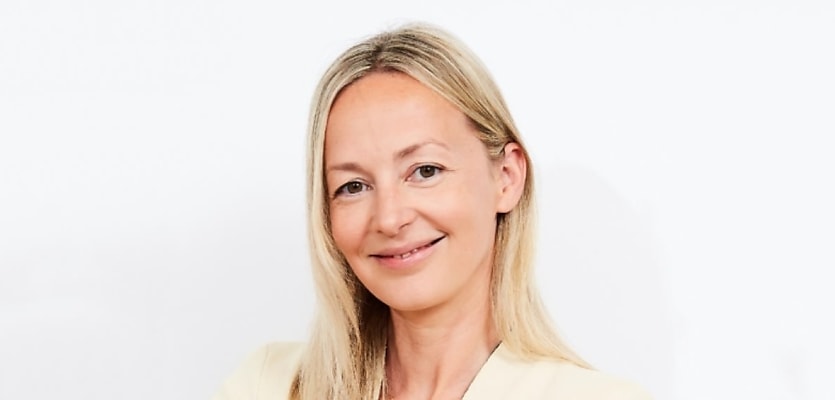A new white paper from CreditorWatch ponders over the changes in Australia’s property sector since COVID and whether the industry can withstand compounding economic threats.
The rebound of the commercial property industry hasn’t been as swift as initially hoped due to the lasting changes in consumer and worker behaviour that include the permanency of working-from-home arrangements and the increasing popularity of e-commerce.
“As occupancy trends shift, particularly in the commercial office, we can expect to see the way tenants lease space change, especially as lease expiries are reached. There will be a heightened need for landlords and developers to remain flexible, which could challenge the industry as it struggles to keep pace with behavioural changes,” Anneke Thompson, CreditorWatch’s chief economist, said.
Pair this with interest rate hikes and soaring building costs due to supply chain issues and the property sector has a myriad of problems that need urgent addressing.
CreditorWatch’s chief executive officer Patrick Coghlan explained that with rising inflationary and interest rate pressures, the firm expects default in many sectors to rise. It has forecast 4.4 per cent of rental hiring and retail services are at risk of defaulting in the current climate.
“With the threat of more businesses likely to fold, lengthy shop vacancies could be on the cards for many landlords,” he said.
Speaking on the financial pressures facing landlords, Mike Crittenden, Colliers’ director, summed the situation up, stating that “owners must also be wary of the impact of high inflation and increasing interest rates on wages — particularly cleaning, security and other services that will have an impact on outgoings”.
“The way leases have been structured will determine whether the impact is felt by the retailers or landlords,” he added.
In addition to rising costs associated with inflation, the report also outlined how interest rates will impact the commercial property sector, particularly business confidence, with new data from NAB suggesting it has started to erode, limiting the number of big decisions undertaken by corporations.
Perhaps the primary issue facing the sector is working from home, which Ray White chief economist Nerida Conisbee believes will change the way tenancies are drawn up in future.
“The ability to sign a tenant on for a 10-year lease is becoming increasingly rare. In addition, given we are in a strong inflation environment, many tenants may be less keen to take a lease with annual increases linked to CPI,” she said.
However, Ms Conisbee explained the biggest beneficiaries of these changed habits are those in the retail space.
“Growing population, urban regeneration, and a move to shop local means the performance of suburban retail space is more positive than its CBD counterpart. With people stuck closer to home for extended periods in the pandemic, the trend to shop locally grew.
“Many retail strips that were quiet during the day became far more active. Anyone owning retail property in these areas may have seen an increase in their rental levels, or were able to secure a great tenant,” she added.
Ms Thompson concluded that it’s not all doom and gloom, advising that “it’s important to acknowledge that property has remained consistent in our lives; it won’t ever not be needed”.
“What we do need to explore is that the challenge really lies in how quickly businesses can evolve and adjust to the new use of properties,” she added.







You are not authorised to post comments.
Comments will undergo moderation before they get published.